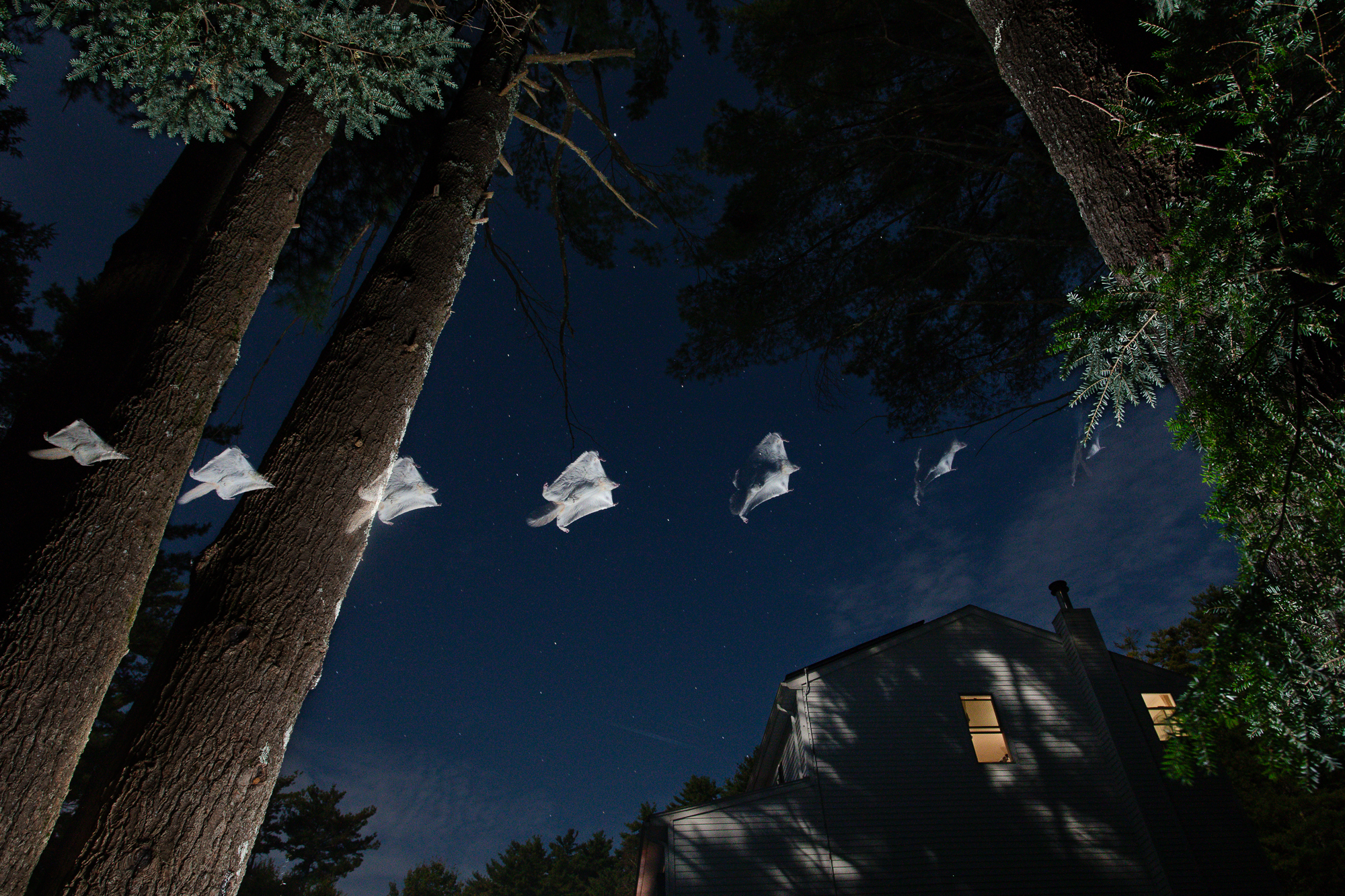
Operation
Flying
Squirrel
2024 – Ongoing
Location
Catskill Mountains, New York, USA
Operation Flying Squirrel unveils the secret lives of North America’s only gliding mammal, inviting viewers to discover the magic unfolding in our backyards at night. Despite their abundance, flying squirrels are rarely seen due to their nocturnal nature and are often misunderstood. These remarkable creatures play a vital ecological role: planting trees, spreading mycelium, and enriching the natural world while we sleep.
A backyard project over a year in the making, Operation Flying Squirrel employs not only obsessive enthusiasm for the species but a range of techniques including traditional photography, remote cameras, infrared imaging, and extensive surveillance footage.
Integrating the ancient art of track and sign has proved invaluable, providing early clues to the flying squirrels’ presence. The narrative begins with a subtle sign: a gnawed hickory nut discovered in my backyard in the Catskill Mountains of New York underneath a dying eastern hemlock tree, drawing viewers into the flying squirrels’ hidden world. This project further emphasizes how thoughtful stewardship, such as preserving standing snags (otherwise known as dead trees) and installing nest boxes, can transform ordinary yards into places of wonder.
There are many threads to follow in this ongoing project, including a historical thread drawn from my friendship with biologist Dr. Jacalyn “Jackie” Giacalone Willis, who in the 1970s documented flying squirrels fluoresce neon pink under UV light, a finding credited decades later to someone else. Her story reflects how women’s contributions to science are often overlooked, much like the flying squirrels themselves.
At its heart, Operation Flying Squirrel is about slowing down, paying attention, and the unseen wonders that surround us all… if we are willing to look closer.
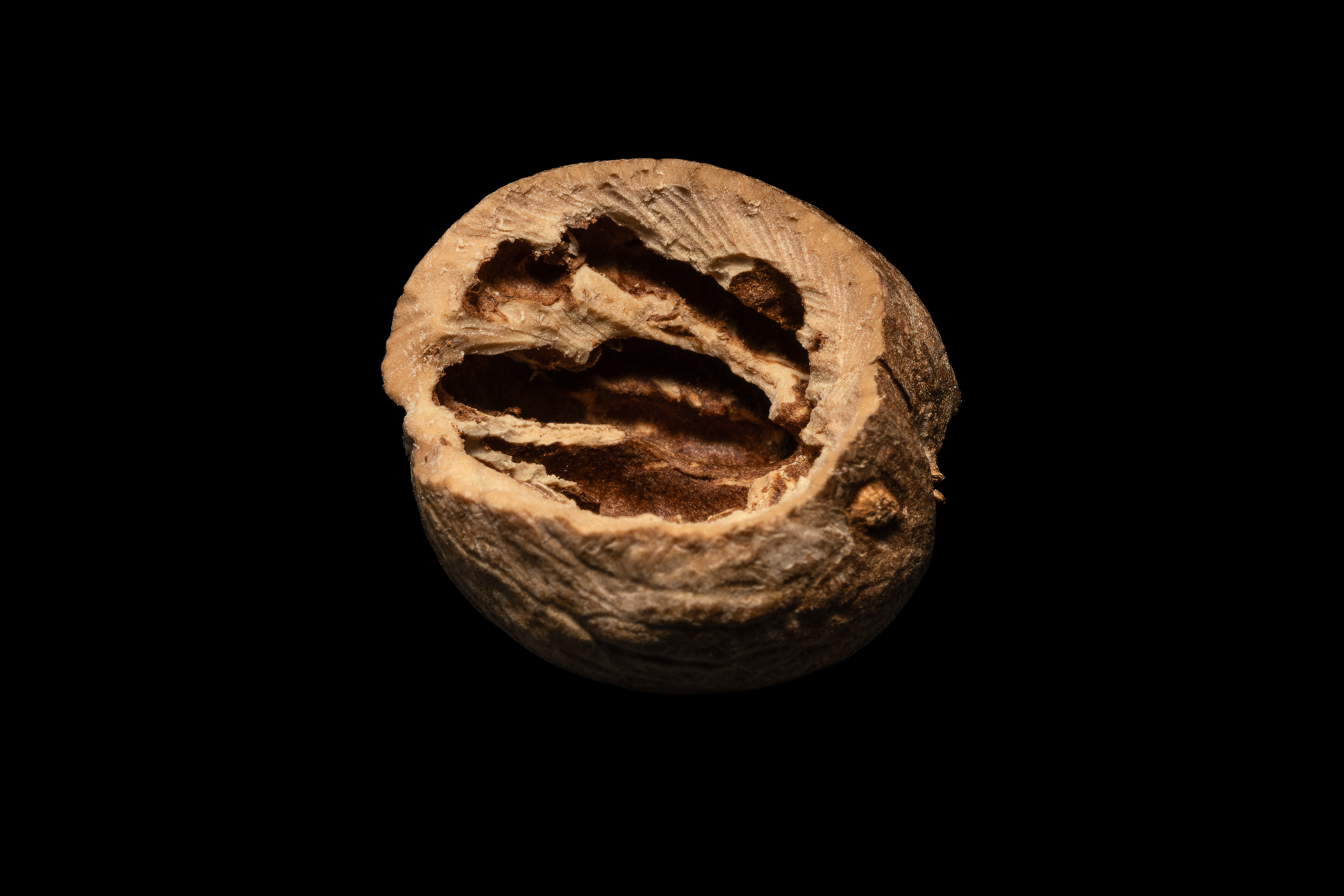


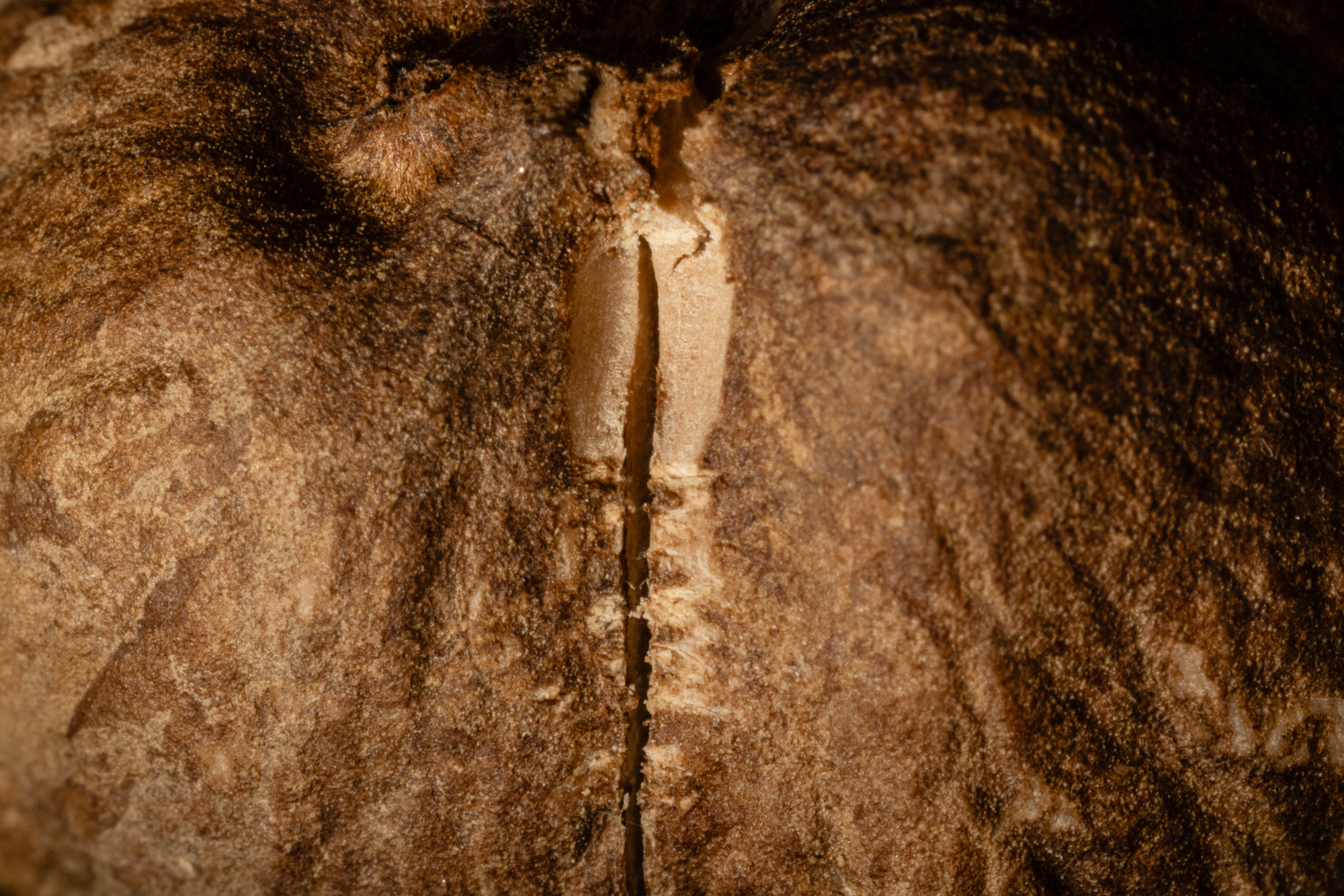
Seeing In The Dark
Track and sign, the practice of interpreting subtle traces animals leave behind, reveals what often goes unnoticed. This story began with an opened hickory nut in my Catskills backyard.
Flying squirrels often transport and stash these nuts, leaving a distinctive “carry notch” from their teeth, a clue that helps identify the source (left photo).
Other signs followed: a chunk of lichen tucked into a nest box (above left) and a dropped ball of nesting material (above right), each one marking the quiet presence of flying squirrels.

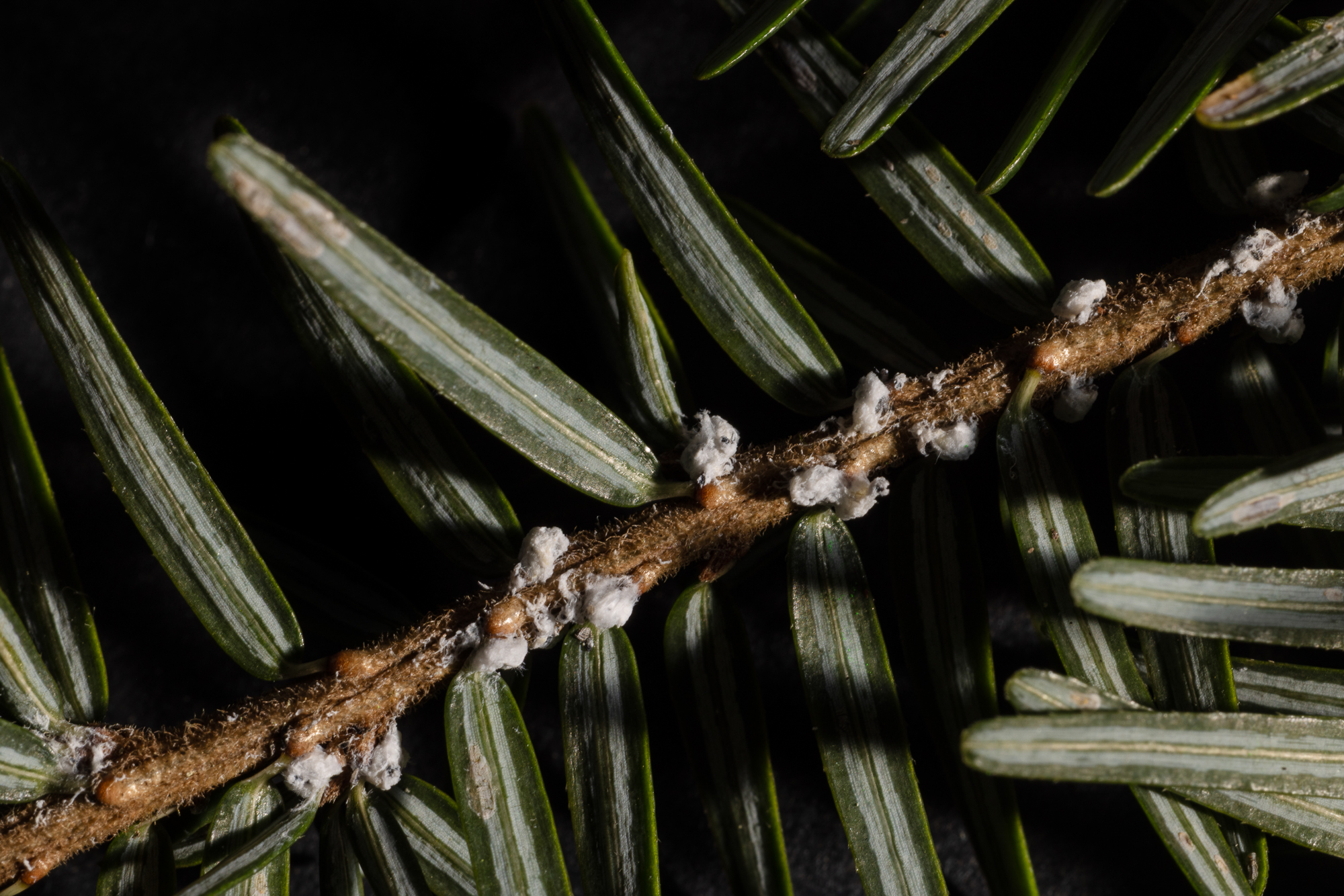
Slow Death
Eastern hemlock trees are a keystone species and a vital part of the flying squirrels’ habitat here in the Catskills. Unfortunately, the hemlocks are under threat from the invasive woolly adelgid, pictured on the left.
To support the flying squirrels and their habitat, I installed and maintained nest boxes and was often captured by the camera (below right) while tending to them or climbing trees.


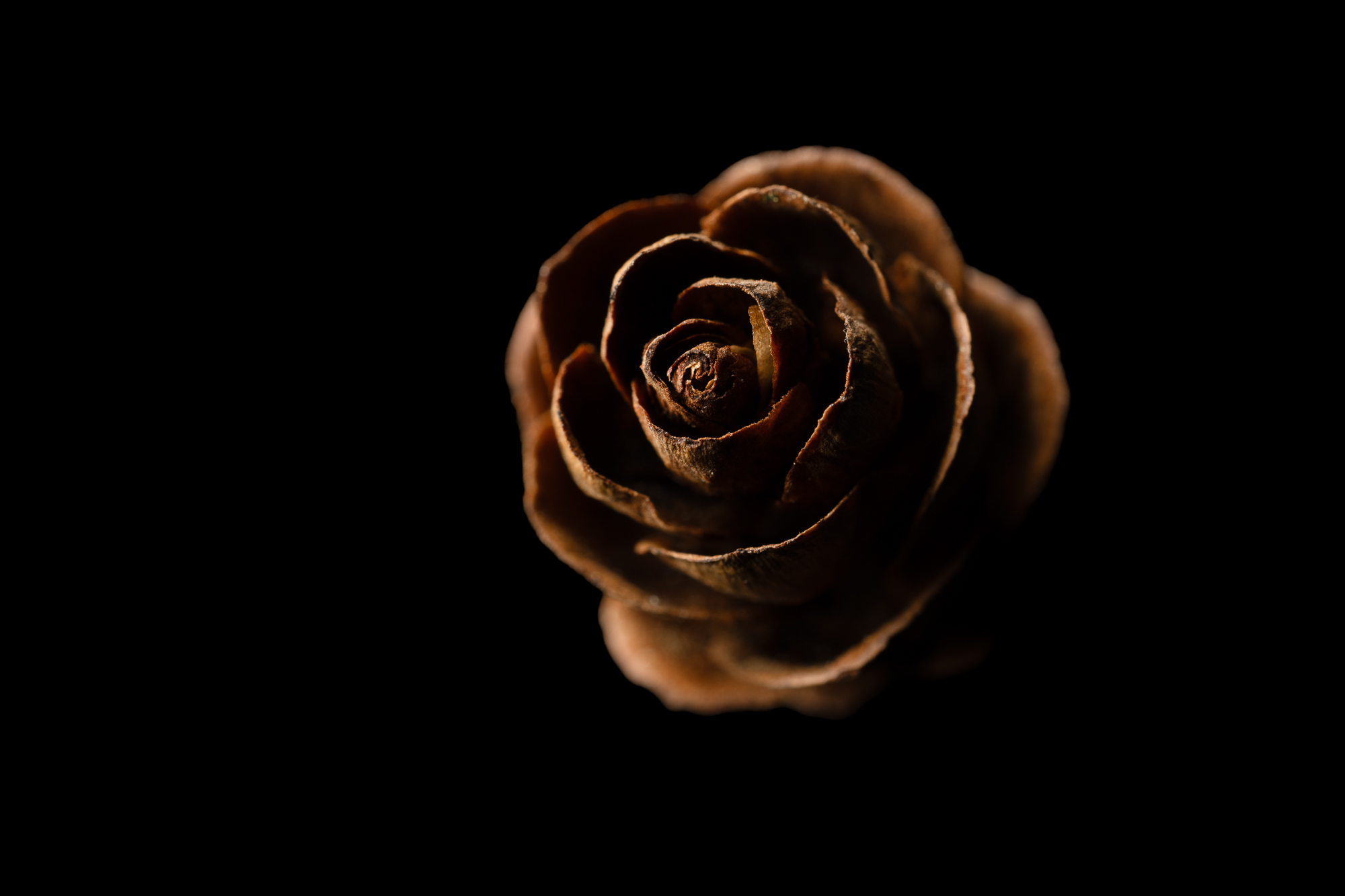



Gliding like a ghost in the moonlight, a flying squirrel dances across the starry sky, while the moon casts abstract shadows on my house. After months of obsessive observation and countless late nights, I finally made the photo I had envisioned, a single frame that reveals the hidden magic of flying squirrels and the extraordinary wonders waiting just outside our windows.


